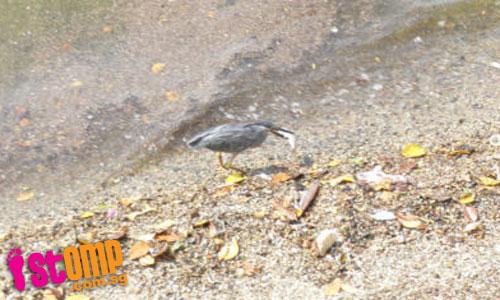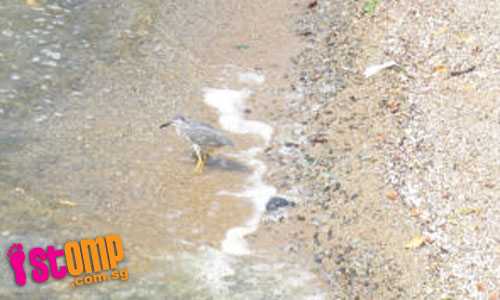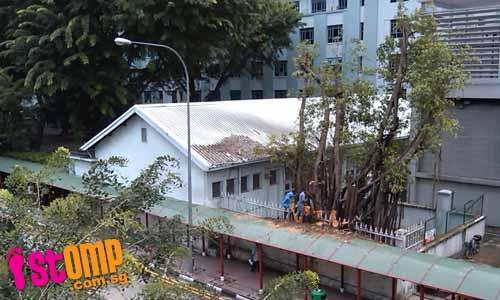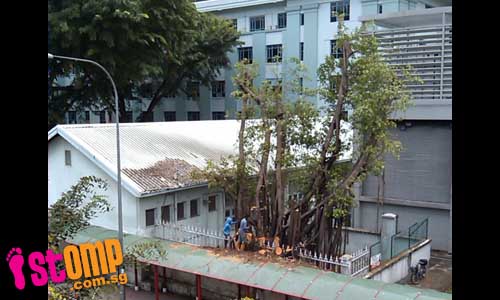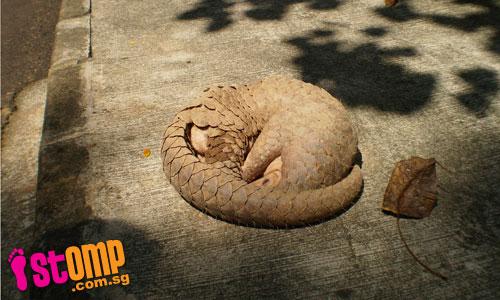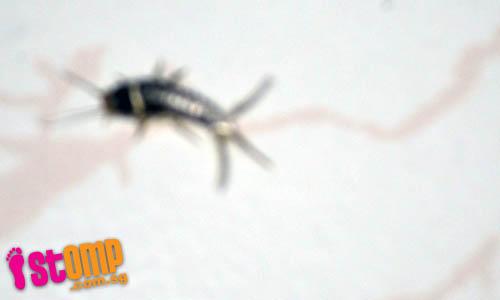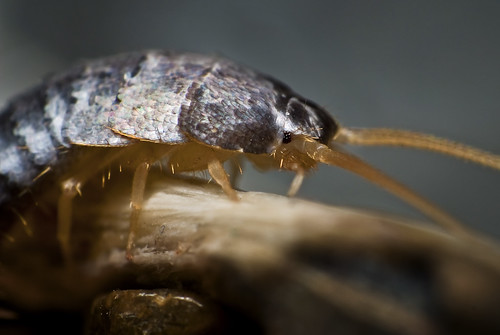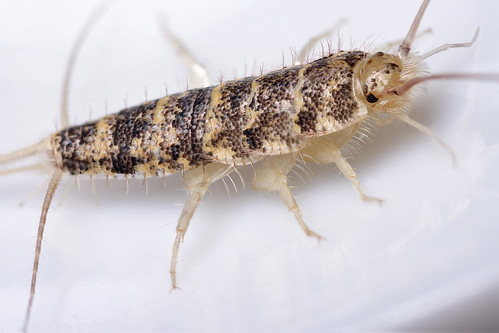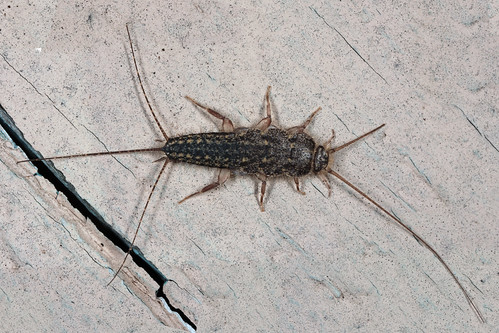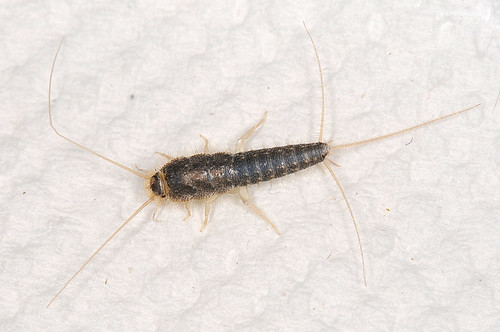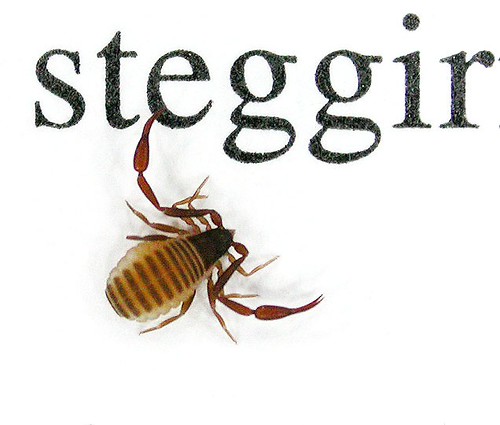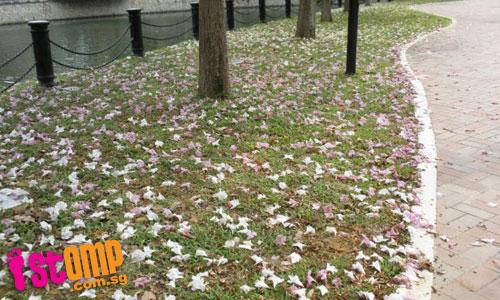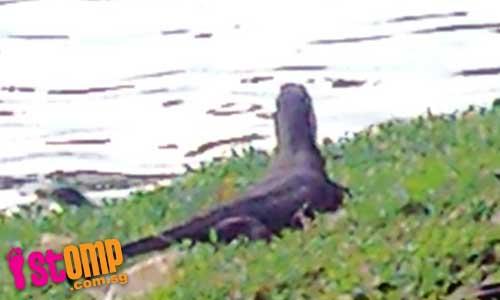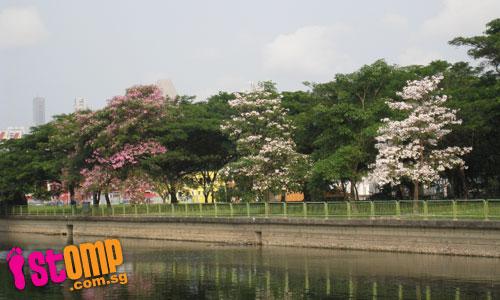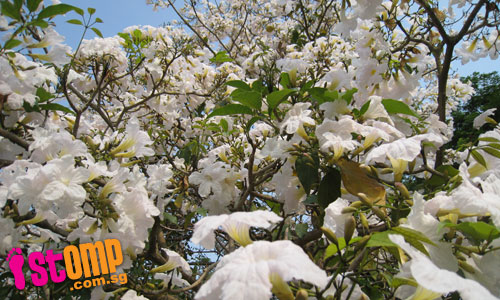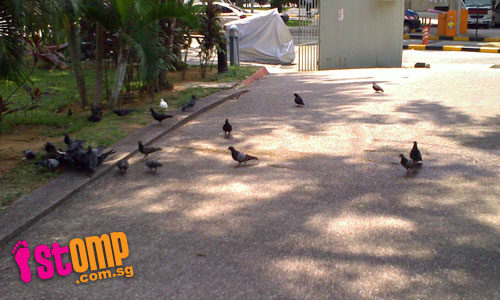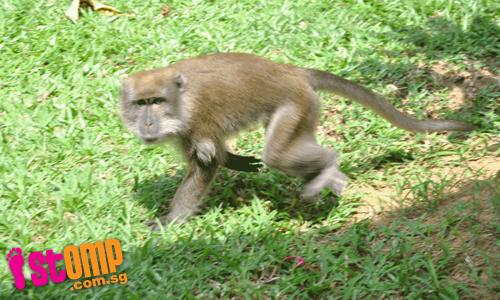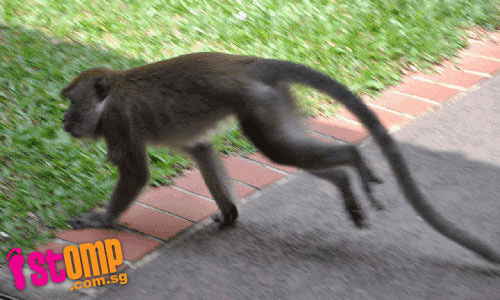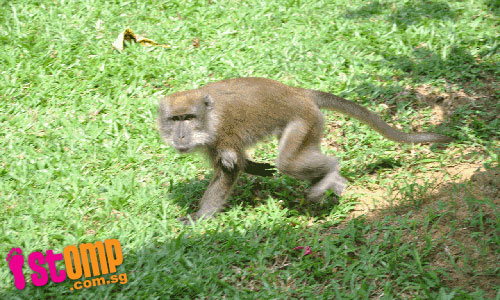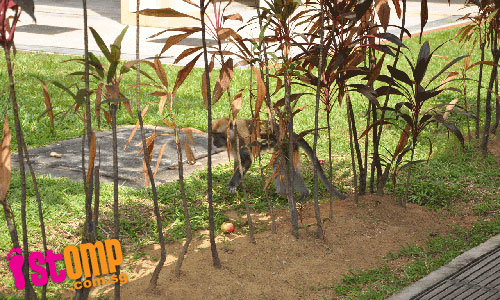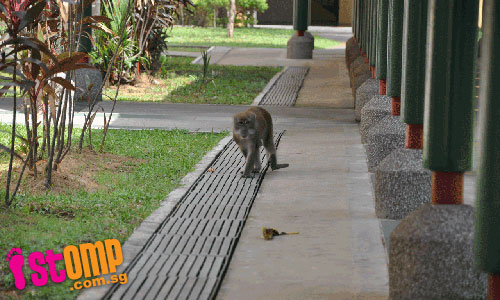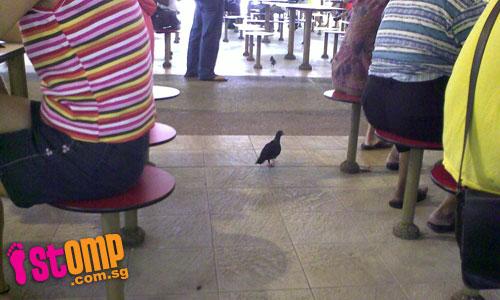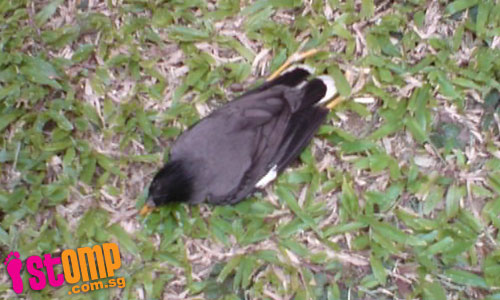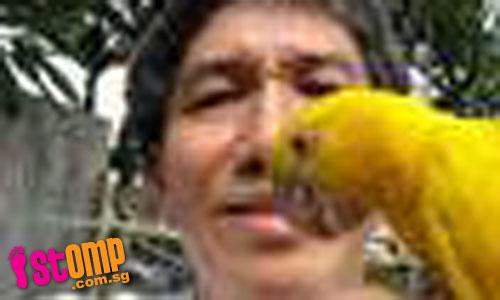
An honest STOMPer found this Golden Conure bird that costs S$4,500 in his garden and returned it to its grateful owners.
Philip told STOMP via email today (Jul 31):
"A Golden Conure parrot escaped from Shunfu Road flat a few days after I found it on Jul 17 in my beautiful garden with many fruits.
"It greeted me and I greeted it back. Its leg has a numbered tag.
"I lifted it up carefully and took it to the Wan Bao newspaper to tell the good news.
"A few hours later, it was at the Jurong Bird Park.
"The next day, Wan Bao newspapers appeared island wide regarding the find.
"A taxi-driver saw it and came to my house at midnight to enquire about the bird.
"The next day, I took him to the Bird Park.
"A few days later, it was returned to its rightful owner.
"He and his wife were very happy to be united with the parrot that was worth S$4,500."
Here's a story of a lost pet with a happy ending.
The golden conure (Guaruba guarouba) is a medium-sized parrot that is endemic to rainforests of northeastern Brazil, where deforestation and trapping for the pet trade have led to its endangered status.
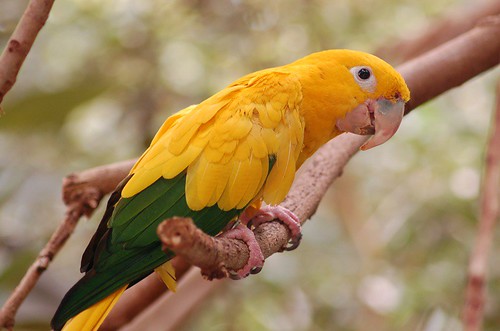
National Aviary;
(Photo by greybeh1979)

Pará state, Brazil;
(Photo by smdantas)

Paraíba state, Brazil;
(Photo by Alexandre Duarte)
The golden conure is on Appendix 1 of the Convention on International Trade in Endangered Species of Wild Fauna and Flora (CITES), which means that all international trade in this species requires both export and import permits. Trapping for the pet trade, combined with deforestation, mean that many parrot species are now under serious threat of extinction in the wild.
The trade in wild-caught parrots continues to be a severe problem in many parts of the world, despite the existence of laws which are meant to protect wild populations of parrots from further exploitation. Thanks to captive breeding, the pressure on wild populations has been relieved to some degree. A growing number of parrot species are now being bred in captivity, which does contribute greatly towards reducing the need to continue trapping wild birds for the trade. Furthermore, captive-bred birds are hardier, adapt easily to life in captivity, and are much better at forming bonds with their human owners. Compare this with a wild-caught parrot, which has probably been through a lot of trauma and stress, weakened by the often inhumane conditions that wild-caught birds have to suffer during transportation, is terrified of close contact with humans, and in all likelihood, carries its own load of parasites and germs.
However, a lot more still needs to be done to stamp out the unsustainable trade in wild-caught parrots.
If this golden conure had not been retrieved, and if it had managed to survive for some time in the wild, it might have ended up as a new entry in our local bird checklists. Many species of exotic parrots are already on the list, and while most of these consist of scattered sightings of escapees, some of them have managed to establish breeding populations. Which does raise a lot of questions about the possible impacts on native birds, especially our 3 native species of parrot.
